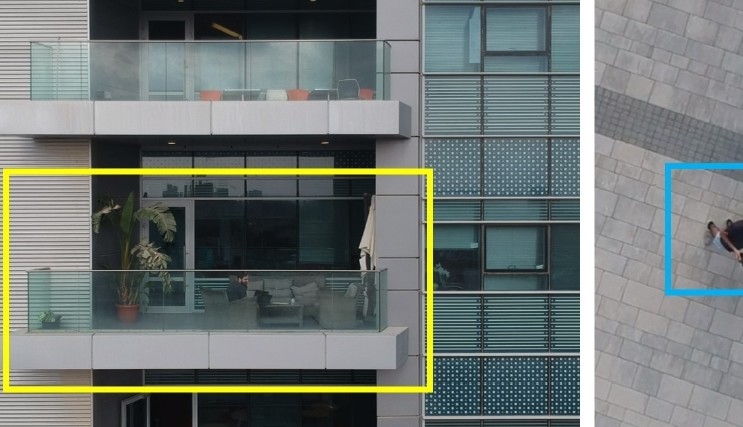Game of Drones
on

Drones are becoming more and more popular — and form an ever increasing risk to our privacy. At the moment, anyone who is 'armed' with a drone that is equipped with a video camera can make unauthorized recordings and view and record these via the so-called first person view (FPV) encrypted channel. Although countless methods have been proposed to detect the presence of drones, they all have the same shortcoming: it is not possible to identify the recorded images and therefore it is not possible either to make the distinction between legal and illegal use of the drone (making a selfie using the drone, for example, is legal, but looking into the neighbor's windows is not). The difference between these two situations depends solely on the direction that the camera is facing.
Bitrate
Researchers from the Ben-Gurion University of the Negev (Israel), under the leadership of professors Adi Shamir and Yuval Elovici have, however, demonstrated that it is possible, using no more than a laptop and a 'flickering' object, whether one is being observed by a drone with a camera. To achieve this it is not necessary to decode the video stream from the drone (the reception of this stream is not a problem); through the flickering of an object (the researchers used a so-called smart film that was fastened to a window), the bitrate of the video stream is affected at the same rate. In this way it can be unequivocally established whether (illegal) recordings are being made.
Simplicity
The method described by the researchers here has the charm of simplicity — it can be used with any laptop that has Linux; special cryptography or hacker skills are not required.


Discussion (1 comment)